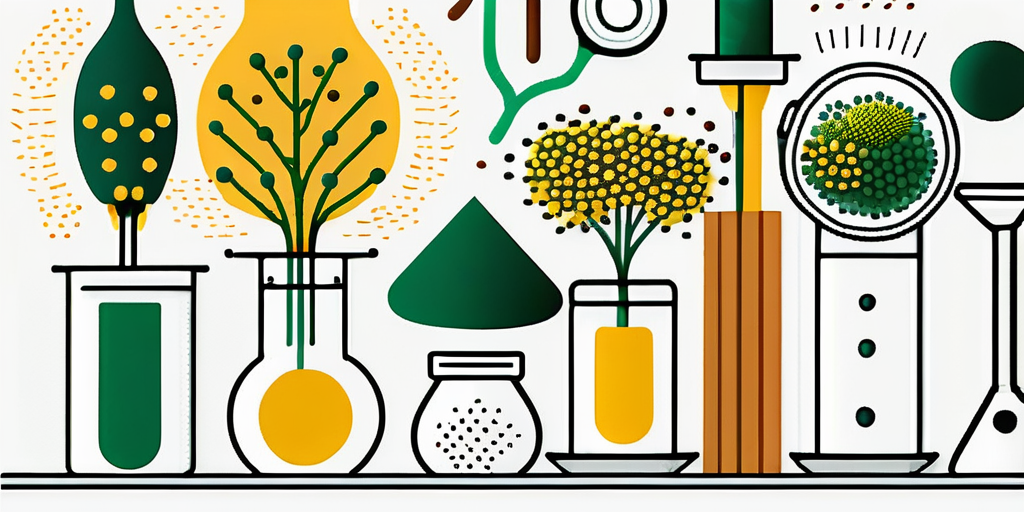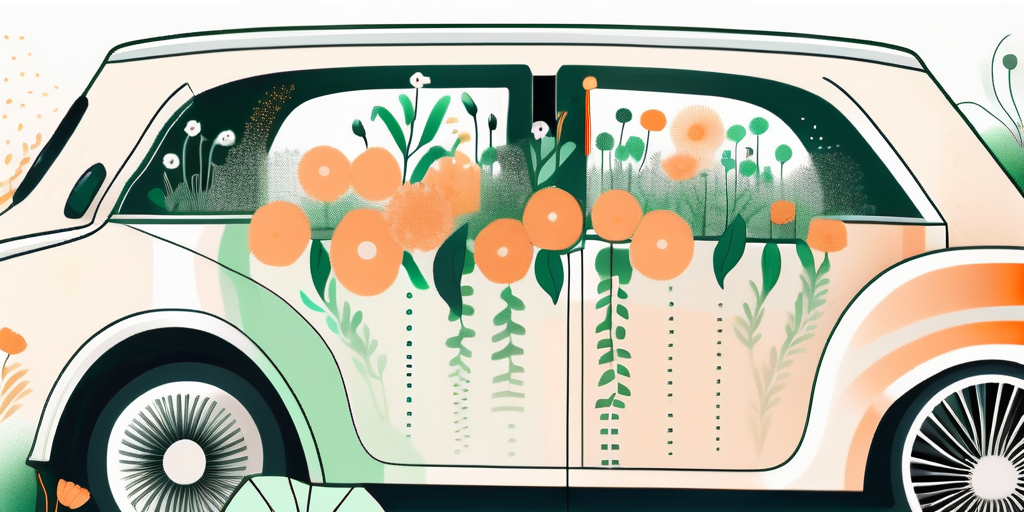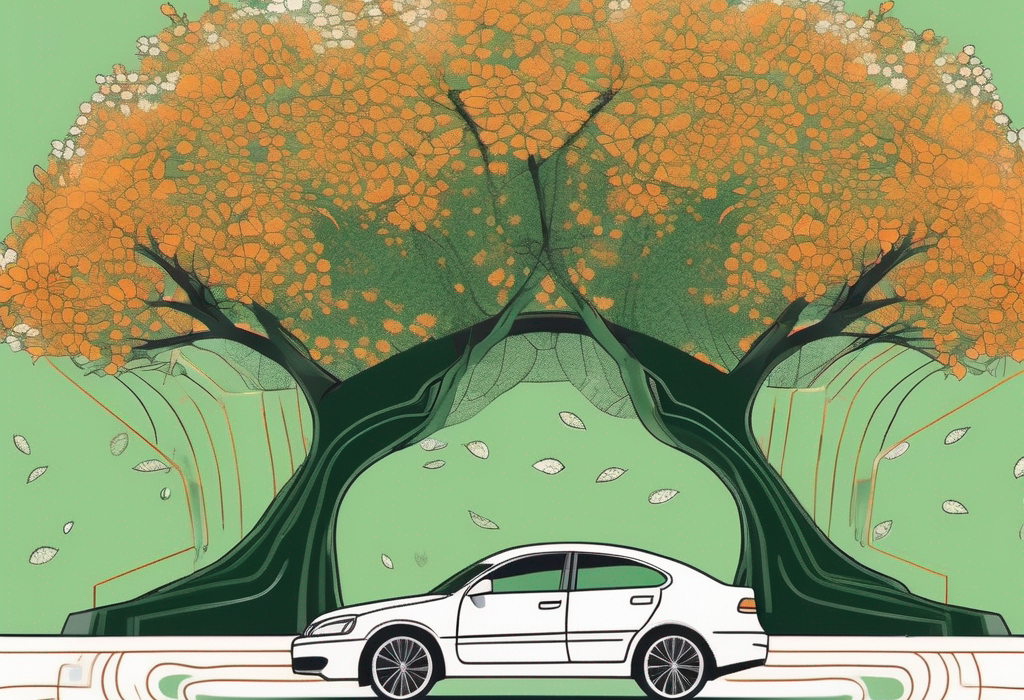Tips on how to keep pollen out of your car and reduce allergies
Pollen season can be a nightmare for those with allergies, especially when it comes to keeping your car free from those tiny, irritating particles. The good news is there are steps you can take to minimize pollen in your car and reduce allergy symptoms. In this article, we will explore various preventive measures and effective strategies to maintain a pollen-free environment in your car. With a little extra care and attention, you can enjoy a comfortable and symptom-free drive during allergy season.
Understanding Pollen and Allergies
Before we dive into the specifics of keeping pollen out of your car, it’s important to understand the relationship between pollen and allergies.

Allergies are a common condition that affects millions of people worldwide. They occur when the immune system overreacts to substances that are typically harmless, such as pollen. Pollen, on the other hand, is a fine powder produced by flowering plants, trees, grasses, and weeds. It is vital for plant reproduction as it fertilizes other plants of the same species.
However, for allergy sufferers, pollen can trigger an allergic reaction when it comes into contact with the nose, eyes, or throat. The immune system of individuals with pollen allergies mistakenly identifies pollen as a harmful substance. This triggers the release of histamines, which cause allergic symptoms such as sneezing, watery eyes, nasal congestion, and itching.
What is Pollen?
Pollen is not just a nuisance for allergy sufferers; it is also a fascinating natural phenomenon. It is produced by various plants as part of their reproductive process. Each pollen grain contains male reproductive cells, which are responsible for fertilizing the female reproductive cells of other plants.
There are different types of pollen, each unique to the plant species that produce it. For example, pine trees produce large, heavy pollen grains that are typically spread by the wind. On the other hand, flowers like roses and lilies produce smaller, lighter pollen grains that are often carried by insects such as bees and butterflies.
Interestingly, the color of pollen can vary as well. Some pollen grains are yellow, while others are orange, red, or even purple. This variation in color is due to the presence of pigments that help attract pollinators or protect the pollen from harmful UV rays.
How Does Pollen Cause Allergies?
The process of pollen causing allergies begins when an individual with pollen allergies comes into contact with pollen particles. This can happen through inhalation, direct contact with the skin, or through the eyes.
Once the pollen particles enter the body, the immune system of allergy sufferers mistakenly identifies them as harmful invaders. In response, the immune system produces antibodies called immunoglobulin E (IgE) to fight off the perceived threat.
When the pollen particles come into contact with the IgE antibodies, they trigger the release of histamines. Histamines are chemicals that cause inflammation and irritation in the body. This leads to the classic symptoms of allergies, such as sneezing, itching, watery eyes, and nasal congestion.
It’s important to note that not all individuals are affected by pollen allergies. Some people may have a genetic predisposition to allergies, while others may develop them over time due to repeated exposure to pollen.
In conclusion, pollen is a natural substance produced by plants for reproductive purposes. While it plays a crucial role in the ecosystem, it can also cause allergic reactions in sensitive individuals. Understanding the relationship between pollen and allergies is essential for managing and minimizing the impact of pollen on our daily lives.
The Relationship Between Pollen and Your Car
Believe it or not, pollen can easily find its way into your car, turning it into a breeding ground for allergens.

Pollen, the tiny grains produced by plants for reproduction, can be a nuisance for many people, especially those with allergies. While we often associate pollen with outdoor environments, it can also make its way into our vehicles, creating an unexpected problem.
How Does Pollen Get Into Your Car?
Pollen can enter your car through open windows, air vents, and on your clothing or belongings. When you’re enjoying a scenic drive with the windows down, you may unknowingly invite pollen particles into your vehicle. These microscopic intruders can easily find their way through the smallest openings, settling on every surface they encounter.
Additionally, pollen can attach itself to your shoes and clothing. As you enter or exit your car, you inadvertently bring along these tiny hitchhikers, introducing them to the interior environment.
The Impact of Pollen on Car Interiors
Once inside your car, pollen can settle on various surfaces such as seats, carpets, dashboard, and even the ventilation system. The accumulation of pollen can create an unsightly yellowish layer, making your car look neglected and dirty.
However, the aesthetic impact is not the only concern. For individuals with allergies, the presence of pollen in the car can be particularly problematic. As you sit in your vehicle, microscopic pollen particles can become airborne, triggering allergic reactions and making your car an uncomfortable place to be.
Furthermore, the ventilation system in your car can exacerbate the issue. When you turn on the air conditioning or heating, the system circulates the air inside the vehicle, potentially spreading the trapped pollen particles throughout the cabin. This continuous exposure can intensify allergy symptoms and create a constant source of discomfort.
It is important to note that pollen can also affect the air quality inside your car. The combination of pollen, dust, and other pollutants can create an unhealthy environment, especially for individuals with respiratory conditions.
To mitigate the impact of pollen on your car’s interior, regular cleaning is essential. Vacuuming the seats and carpets, wiping down surfaces, and using air purifiers can help remove pollen particles and improve the air quality inside your vehicle. Additionally, keeping the windows closed and using recirculation mode on your ventilation system can minimize the entry of pollen into your car.
So, the next time you find yourself surrounded by a cloud of pollen, remember that it’s not just your outdoor activities that are affected. Your car, too, can become a haven for these tiny allergens, making your daily commute a less pleasant experience.
Preventive Measures Against Pollen
Now that we understand how pollen can find its way into your car, let’s explore some effective preventive measures to keep your car as pollen-free as possible.
Regular Car Cleaning Tips
One of the simplest and most effective ways to minimize pollen in your car is to regularly clean both the interior and exterior. Start by thoroughly vacuuming the seats, carpets, and floor mats to remove any accumulated pollen. Wipe down surfaces with a damp cloth or microfiber cloth to capture any remaining particles.
Additionally, consider washing your car’s exterior regularly to remove pollen that may have settled on the surface. Use a dedicated car wash soap and a soft sponge or microfiber mitt to avoid scratching the paint.
Importance of Air Filters
An often overlooked but crucial component of maintaining a pollen-free car is the air filter. The air filter in your car’s ventilation system plays a significant role in trapping pollen and other airborne allergens. Regularly inspect and replace the air filter as recommended by your car’s manufacturer to ensure optimal filtration.
Reducing Allergies Caused by Pollen
In addition to preventing pollen from entering your car, you can take measures to reduce allergies and alleviate symptoms.
Over-the-Counter Allergy Medications
Depending on the severity of your allergies, over-the-counter antihistamines or nasal sprays may provide relief. These medications can help reduce sneezing, itching, and congestion caused by pollen exposure. Consult with your doctor or pharmacist to choose the most suitable option for your needs.
Natural Remedies for Pollen Allergies
If you prefer a more natural approach, various home remedies and natural products may offer some relief from pollen allergies. These can include using saline nasal rinses, wearing sunglasses to protect your eyes from pollen, or incorporating anti-inflammatory foods into your diet.
Maintaining a Pollen-Free Car Environment
Now that you have implemented preventive measures and reduced allergy symptoms, it’s important to maintain a pollen-free environment inside your car.

Best Practices for a Pollen-Free Car
Keep your car windows closed while driving to minimize pollen entering the cabin. Utilize the recirculation mode on your air conditioning system to avoid drawing in outside air. Regularly check and clean the air vents to prevent pollen build-up. Consider using a pollen filter or a high-efficiency particulate air (HEPA) filter to further reduce pollen levels in your car.
Long-Term Strategies for Keeping Your Car Pollen-Free
Finally, adopting long-term strategies can help keep your car free from pollen season after season. Park your car in covered areas or garages whenever possible to shield it from direct exposure to airborne pollen. If parking outdoors is unavoidable, consider using a car cover to protect the exterior surfaces. Additionally, regularly wash your car’s exterior and wipe down interior surfaces to remove any residual pollen.
By following these tips and strategies, you can create a pollen-free haven inside your car, allowing for a more enjoyable and allergy-free driving experience. Remember, taking the necessary steps to keep pollen out of your car not only reduces allergies but also promotes a healthier and more comfortable environment for you and your passengers. Stay vigilant, stay pollen-free.
